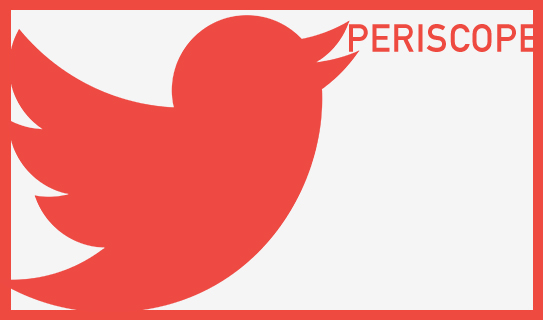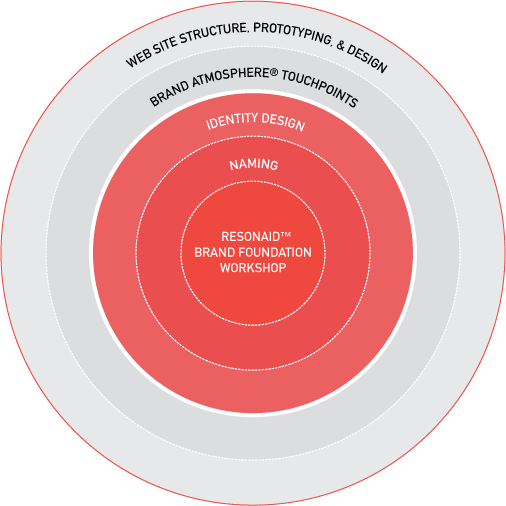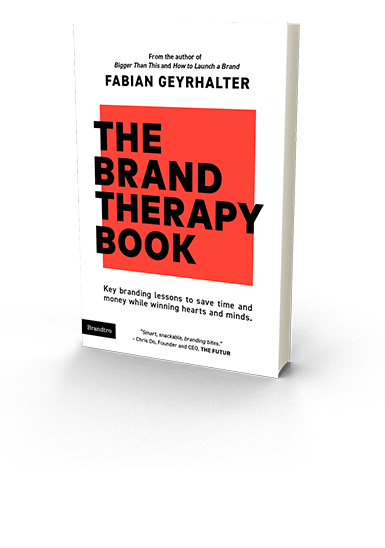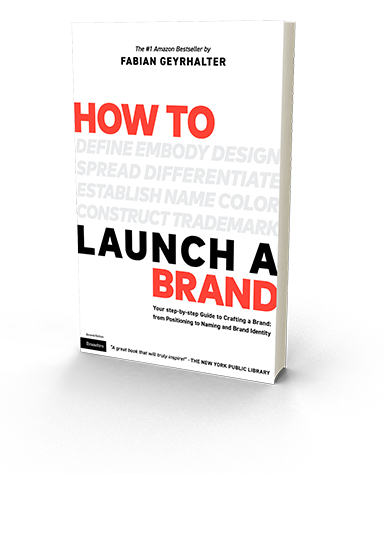Tag Archives: Strategy
Twitter’s Periscope: What’s The Naming Scope
As you may have heard, Meerkat now has a new, serious, competitor. And no, it’s not the Minneapolis agency Periscope, which greatly enjoyed getting a lot of buzz today when Twitter launched Periscope.
Twitter did not talk to the agency by the same name, has not asked them for their Twitter handle @periscope (Wait, really? They kept @periscopeco), nor cared about the fact that they are naming their product the same way. Twitter decided to stick with the name of the startup they acquired, a very ‘speed-to-market’ move, and when it comes to naming, a highly questionable one.

Twitter is 36.5 million followers larger than the agency by the same name, and the world will, after just a few days, think of Twitter’s service – and Twitter’s service alone – when hearing the name Periscope. Periscope, the agency, will not be so happy about it when confusion turns into annoyance and a dillusion of their smart brand name.
The question remains: Why stick with the name Periscope? A rather great name for a ‘full-spectrum creative agency’ that helps uncover and look at things differently, but for a live-streaming app?
Given all the red flags, they kept going with a name that stands for an apparatus consisting of a tube attached to a set of mirrors or prisms, by which an observer (typically in a submerged submarine or behind a high obstacle) can see things that are otherwise out of sight (via Google).
Leaving early adopters to adjust to a new name in order for a brand to focus on its much bigger future after having serious funding infused, or being bought by the big guys, would be the right move. Startup names are often just that, they are quick MVP’s of something that really should not be driven by lean startup methodology to start with. And definitely not go past an acquisition or merger.
CATEGORIES: Startup Advice Your Brand Launch: Naming
Define Your Audience Through Brains And Guts Versus Big Data
I had a fun time chatting at the Techweek panel two weeks ago about branding and marketing for startups (Amazing location, can’t beat that view). As panels go, it’s always a bit awkward and one can never predict the outcome. In my case, I was surprised that I could not stop talking about Topgolf. And I am not even a golfer. Here’s why:

Topgolf Promo Shot Via TopGolfUSA’s Twitter Channel
Topgolf is a chain of golf entertainment centers that cater to the very audience (Millennials, 18-34) that every other golf-related business is afraid of, because data, major news outlets (WSJ, Businessweek, Forbes) and Dick’s Sporting Goods’ golf layoff story has taught us that they just don’t care about golfing anymore. Topgolf created a cool environment that is about having a drink, a great time socially, and lastly about golfing. They flipped the things that made golf unattractive for Millennials and made them into a social media love fest, a place that demands you taking pictures and videos. You actually want to show off that you are golfing with friends. Pretty remarkable.
In the beginning though it seems like Topgolf (as most startups would have done) was driven by data, so they went after families and pros, based on a recent article in Inc. Data and ‘insights’ often turn into a safe zone for leaders to base their decisions on (like hiring IBM to feel job security in the old days – A.K.A. Fear, Uncertainty and Doubt), and it often leads to mediocre brand strategy and marketing results. I don’t believe it takes half as much data as it takes brains and guts to define your perfect target audience to market to.
If everyone says ‘don’t go there,’ perhaps they just did not take the right path.
Suggested Tweet: “I don’t believe it takes half as much data as it takes brains and guts to define your perfect target audience.” via @FINIENinsights
Your New Company’s ‘Stick’ – When Branding Helps Create And Save Your Venture
Ask yourself: Am I about to launch a product/service, or a brand?
How would you know?
You may not have a direct competitor yet, but you soon will. When the innovative, new and unique wears off, competitors will offer your product at a lower cost. How will you keep your customers from choosing their product instead? What will it be that will make your offering stick? Too many startups have to re-invent, re-brand and re-connect once they find traction – at a high cost.
If you have a unique offering combined with ‘the stick’ – the set of true differentiators, the emotional connectors that deliver from the inside out, consistently on message (visually and verbally) and on target – you know you have a brand. Having that foundational special ingredient is like a survival formula for your startup, it will make customers come sooner, faster and stay around even if they could save a few bucks elsewhere later on.
@i_mdoughboy tweeted the following last week about my consultancy’s process chart (see below): Guess where the value is? Here’s a hint – the graphic is eerily similar to a bullseye.
Imagine you are a gifted craftsman that has mastered a unique design that you developed over the course of years just to sell very few and at a high price as you don’t have the audience nor infrastructure. You created something truly unique that only you offer. After years of work, but only a few units sold, you see your design offered at a fraction of the cost at a large retail chain. It happens daily. Examples are too many to give, from apps to shoes to frozen yogurts, and all across B2B services. The only real life insurance you can have, besides a unique product/service to start out with, and its correlating trademarks, is to have that ‘stick’, those emotional brand differentiators that spread across product, service and your Brand Atmosphere. Those are hard to replicate.
If they like your product/service, they might come and purchase it.
If they love your brand, they will come and purchase it, return to it, and stay with it.
(Only read further if this hits home and you are an entrepreneur that is looking for their offering’s ‘stick’)
Avoiding the trap is hard to do for startups, being strapped thin on time and money, hence they often launch blindly, solely focusing on the uniqueness of their offering and not that of their brand. We saw this as a huge issue facing early stage entrepreneurs. Over the course of the last 6 months (based on our 12 years of experience running a branding and design agency, and with the help of writing a book on the subject) we were able to create an affordable ‘overnight’ remedy to avoid that trap. This is a huge reveal for us, which I am thrilled to share with you via this post: Meet our Resonaid™ Brand Foundation workshop, where I spend a full day with you, one-on-one working through a proven, proprietary process to find the path for your new brand to emotionally connect with your customers from the get-go and for the long term. I have one date left available this month and a few in April. Contact me via fgeyrhalter@finien.com if you are interested in learning more about this customized workshop to find the brand ‘stick’ for your startup.
PS: Yes, there is a great book entitled ‘Made To Stick.’ You should pick it up, it discusses why some ideas thrive while others die. Rather appropriate in this context.




